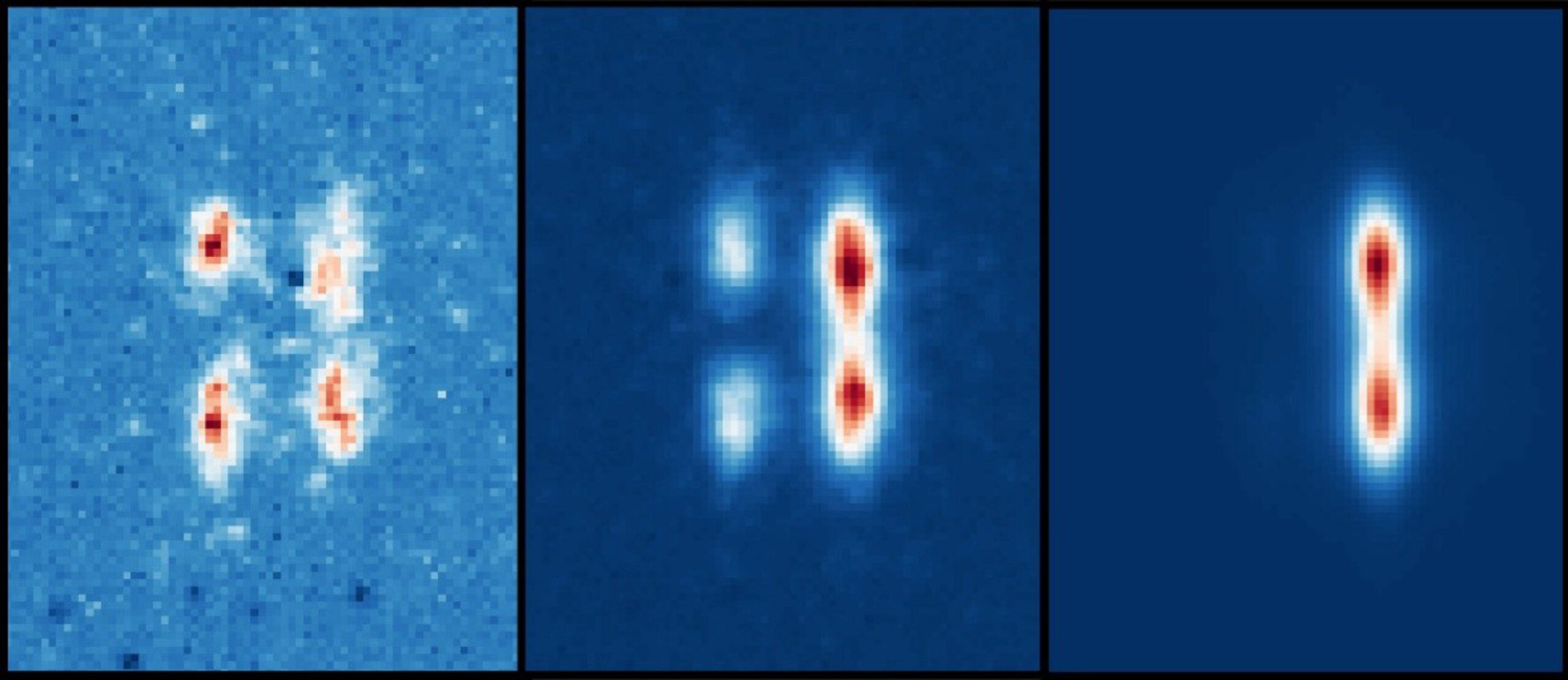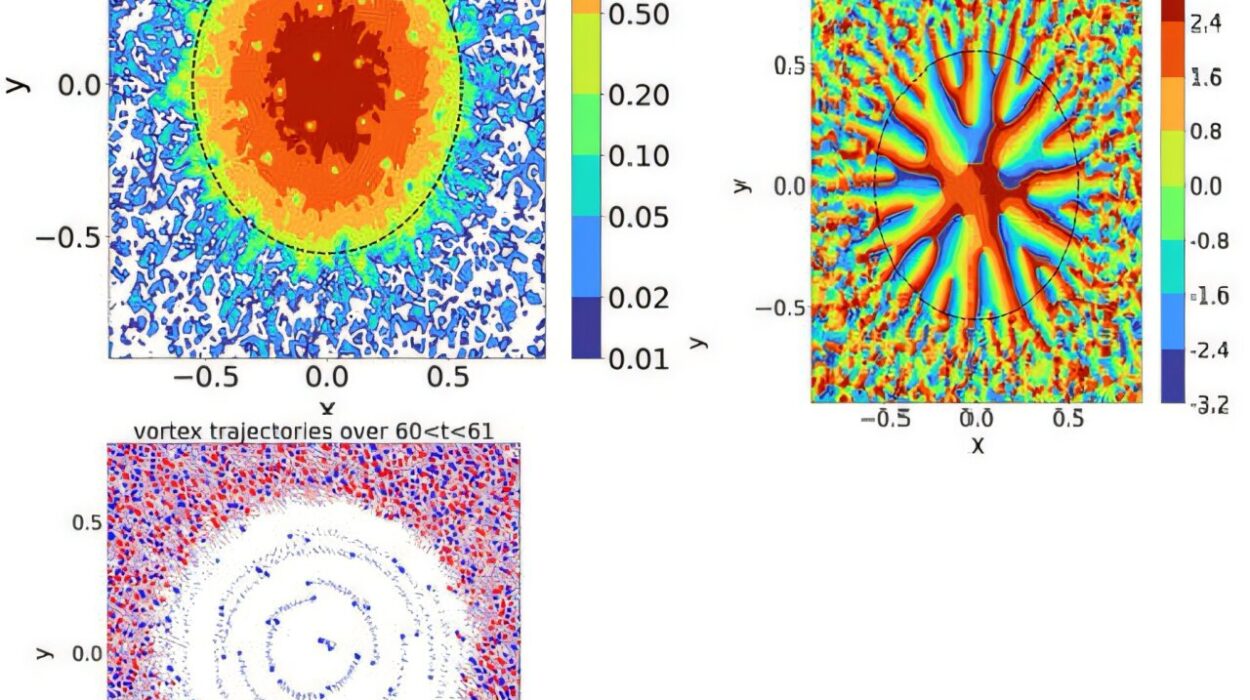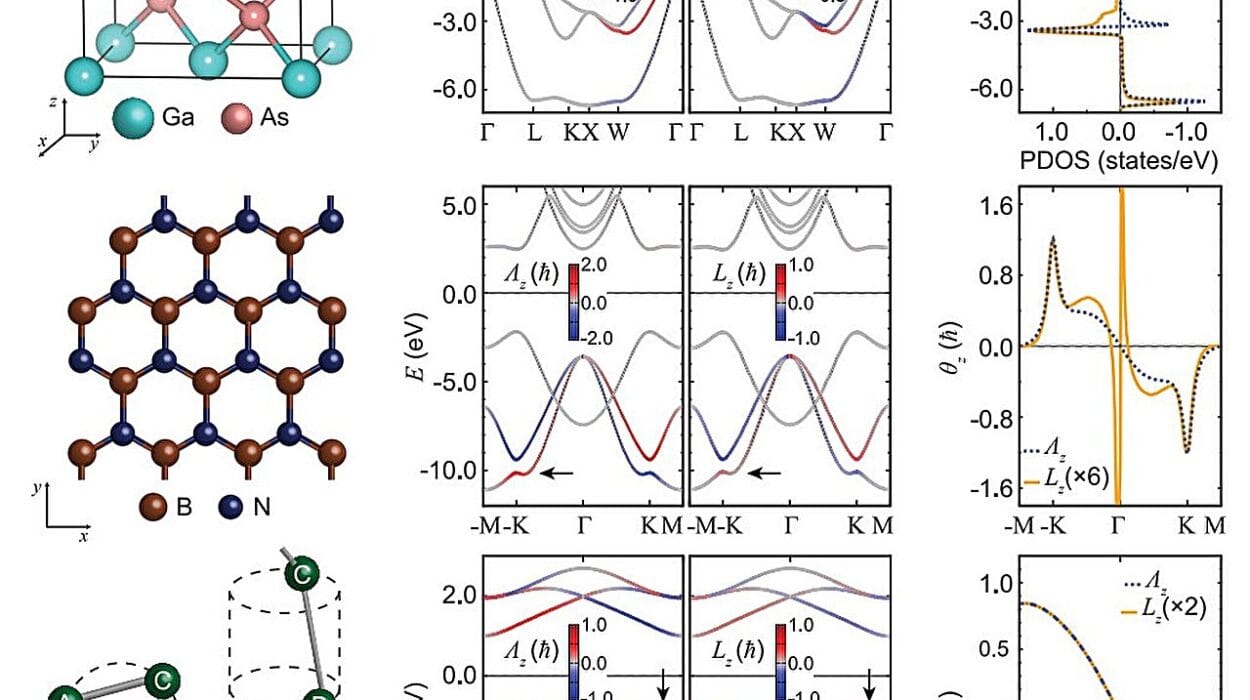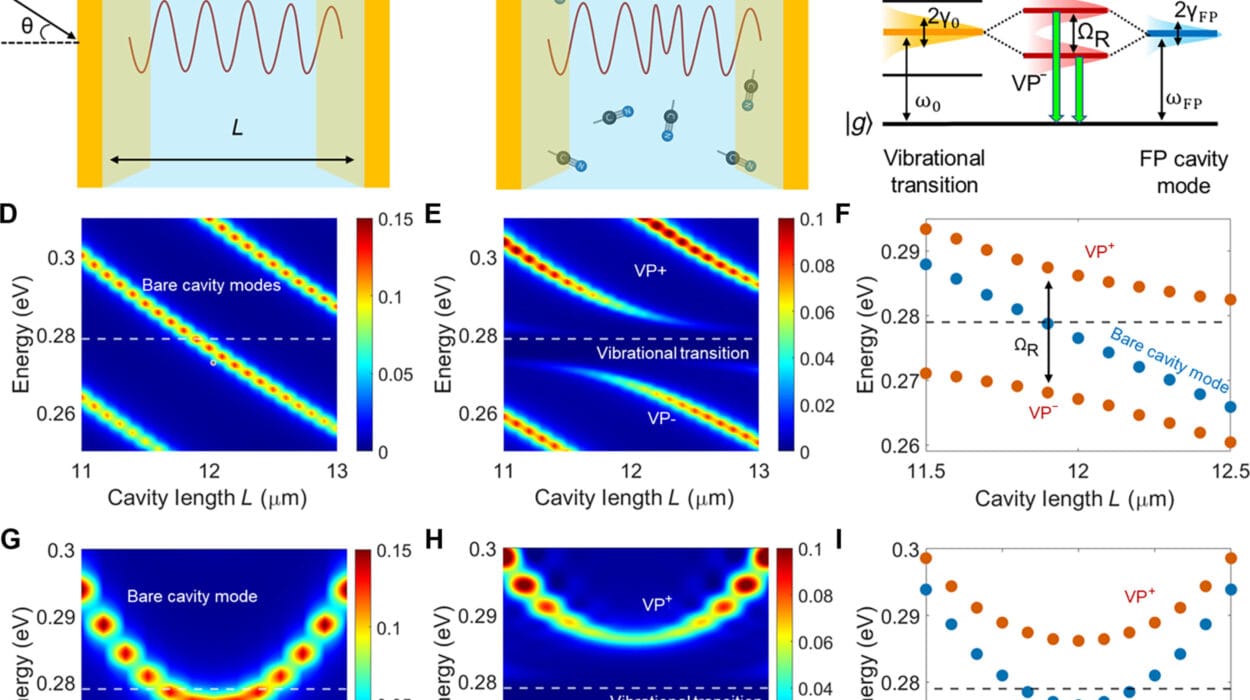If photons could speak, they would not tell stories of heroism or independence. They would talk about consensus. Unlike the particles that build atoms, photons belong to a caste of matter that prefers conformity. Give them a choice between two nearly identical states — two slightly different colors — and they will not act like scattered individuals. They will watch one another. They will follow the group. They will choose what others have already chosen.
But this preference does not awaken immediately. Photons are not born as collectivists. They become collectivists — only once enough of them gather in the same physical space.
That subtle switch from disorder to agreement has now been captured in the lab by researchers at the University of Bonn, and their findings, published in Physical Review Letters, do more than satisfy curiosity. They hint at ways to build laser systems whose power could dwarf anything we can currently assemble.
Two Species of Matter, Two Philosophies of Existence
Physics splits the world’s particles into two tribes: fermions and bosons. Fermions — electrons, protons, neutrons — are loners by law. No two identical fermions may share the same state inside the same system. That is why electrons in atoms stack themselves into tidy, exclusion-respecting shells: they cannot ever all pile into the same quantum condition.
Bosons — photons included — obey the opposite rhythm. They are happiest when they overlap. They do not resist crowding; they crave it. Squeeze enough photons together under sufficiently controlled conditions and they will merge into a single, synchronized “super-state” — many particles acting like one. In quantum physics, this phenomenon is known as condensation.
The Bonn group asked a more delicate question: what happens when bosons are forced to choose between two nearly equal states rather than a limitless continuum of possibilities?
Do they split into two obedient flocks?
Or does one flock swallow the rest?
A Restaurant for Photons
The experimenters engineered a situation in which a cooled cloud of photons was confined in a cavity with exactly two permissible energy levels — like two tables in an empty restaurant. At first, with only a handful of photons arriving, the choice was almost random. One color gained a mild edge, but nothing decisive. The system looked like chance.
Then the population crossed a threshold. Dozens became hundreds. And the symmetry fractured. New photons overwhelmingly favored whichever “table” was already busier. The popular color got more popular; the other withered. Once a few hundred settled at one energy level, the second level stopped receiving newcomers almost entirely.
The bosons did not deliberate. They conformed.
What the experiment reveals is not just that bosons like to share, but that the preference is self-reinforcing and abrupt. When the crowd is small, individuality survives. When the crowd is large, agreement becomes destiny.
A Simple Laboratory Drama With Astounding Reach
This kind of behavior has been seen before in gases made of bosonic atoms. But atomic gases can scatter into an astronomical number of states, making it hard to isolate the logic of the choice. Light is cleaner. Two options only. No ambiguity.
That purity matters, because the cooperative instinct of photons is not only interesting — it is potentially utilitarian. Laser light is powerful because its photons march in step, their waves perfectly aligned. Amplify that alignment and you multiply the usable intensity. Combine lasers, however, and the challenge explodes. Two laser beams that are out of phase do not add; they can annihilate each other’s peaks and troughs.
The new findings suggest a radical alternative: instead of forcing beams to match from the outside, let photons choose to match one another from the inside. Use their herd behavior as the mechanism of synchronization.
Laser engineering built on boson conformity is not imminent. The Bonn team is clear on that. But the principle is established: photons do not behave like arithmetic; they behave like votes — and once the majority crosses a line, the minority extinguishes itself.
The Beauty of a Simple Yes
If this seems like an esoteric nuance of quantum optics, it is worth remembering that the universe is built from such nuances. The difference between individuality and agreement at the particle scale sets the texture of matter, the design of stars, the architecture of atoms, the existence of superconductivity, the functioning of lasers, the sensitivity of telescopes, and the reach of quantum technologies now taking form.
The Bonn results offer a reminder that the smallest scales are not quiet. Even light — that everyday messenger that lights our screens and skies — contains drama. A photon does not need intention to act like a follower. It needs only a crowd, and then a rule: join the majority.
From that simple rule, new machines, new physics, and new ways to command light may one day emerge.
And behind them, this quiet revelation: even in the quantum world, numbers decide what truth becomes.
More information: Christian Kurtscheid et al, Thermodynamics and State Preparation in a Two-State System of Light, Physical Review Letters (2025). DOI: 10.1103/kynj-l87s. On arXiv: DOI: 10.48550/arxiv.2411.14838






